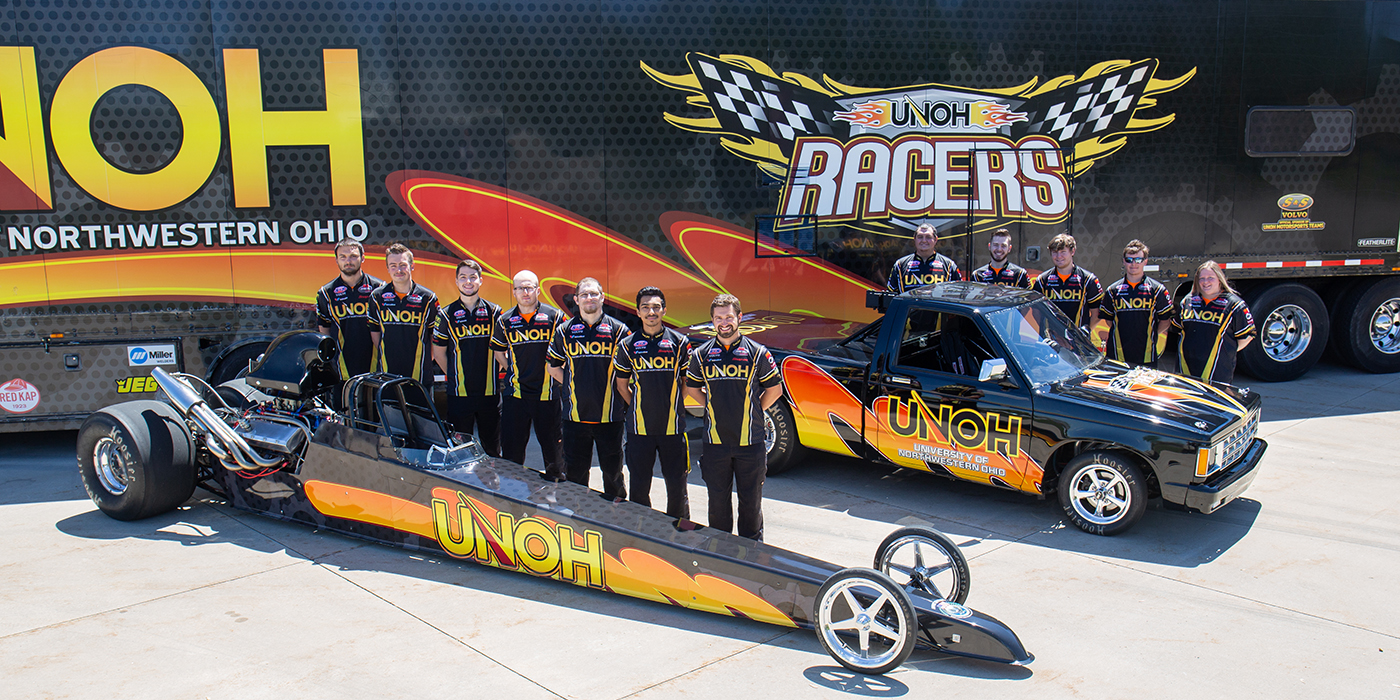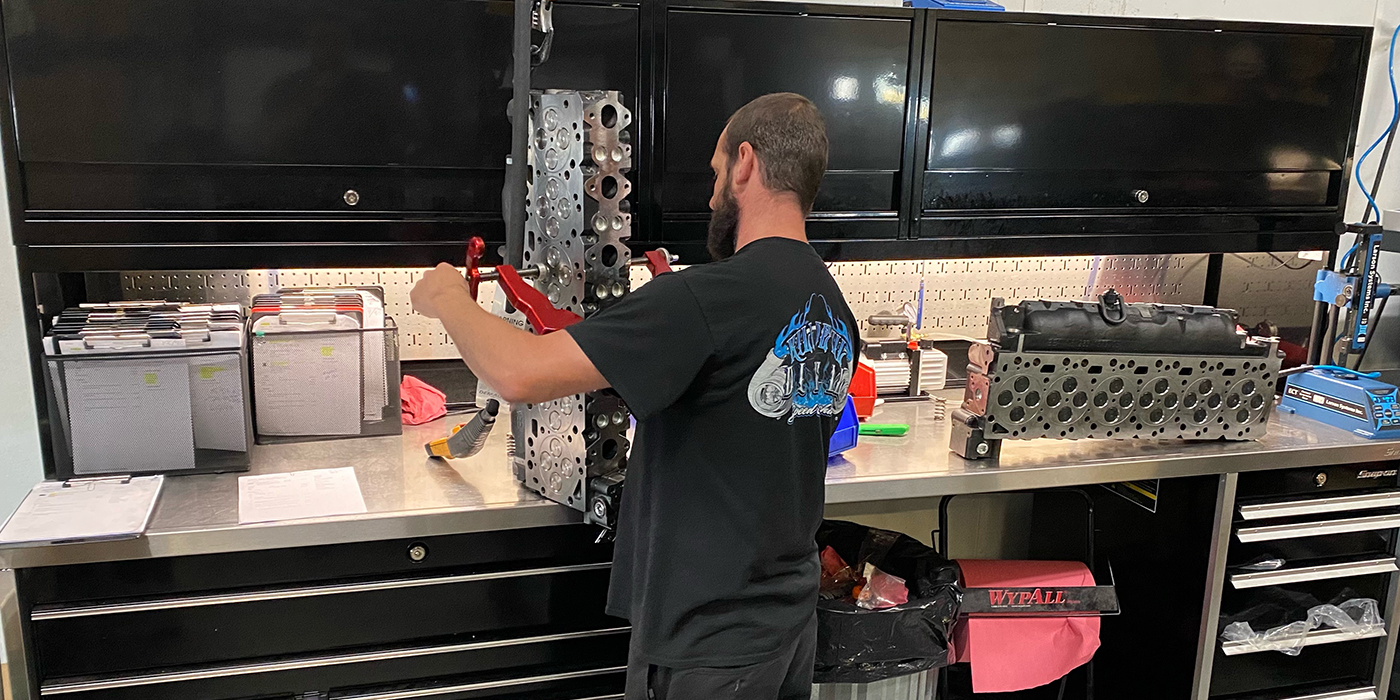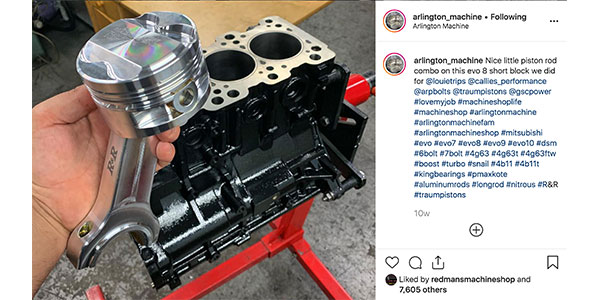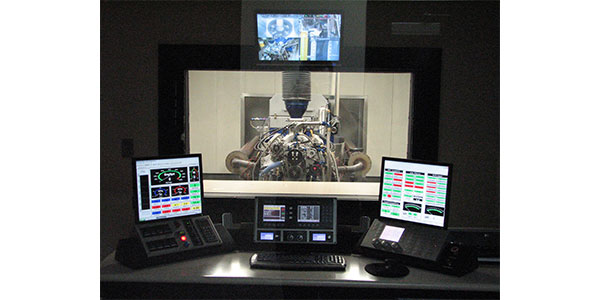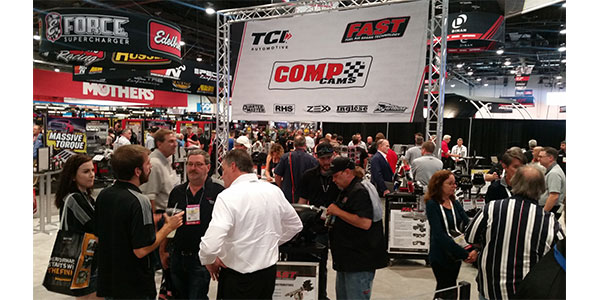Having difficulty finding talented employees? Take a good hard look at the engagement level of your existing employees first.
Spending the last 20+ years in business consulting, the past 10 in my own practice, I have too often heard the plea “we can’t find good people” from business owners and/or management personnel. In fact, if you’re a shop owner or manager, there’s a very good chance you’ve said this yourself at one point or another.
Of course, every business wants to attract, hire and retain “good people” but only the best businesses seem to do that consistently well. Why is that?
To answer that properly, let’s start with those folks that are unemployed, or not committed to their current employer, and open to a position with your business. I call them “free agents,” a term you’re likely familiar with from professional sports.
Put yourself in the role of one of these free agents with this special interactive fantasy role-play:
You are a professional basketball player (with amazing skills) playing in the NBA. Despite your awe-inspiring, team-leading performance in scoring, assists and rebounding, your team has finished last and will not make the playoffs. Having been your brilliant self you are not especially fazed. Your contract is up this season and you’re now a free agent, and thanks to your amazing skills you can write your own ticket and play anywhere.
So where would you want to go?
Want to try your hand on another losing team? Probably not. No, if you’re like 99.9% of humanity, you would choose to go to a championship-caliber team. To take that a step further, given the choice I’d bet most people would choose the championship team.
The Winning Team Mentality
Understanding why this is so isn’t very hard to understand. People, like you and I, naturally like winning and, if given the choice, would far prefer to associate themselves with a winning cause then a losing one.
The candidates considering your business, and not coincidentally your customers too, feel the same way. They don’t want to take chances and risk doing business with a loser. Filled with visions of success a new opportunity could afford them, candidates want to win.
Ask Not What Employees Can Do For You…
With that winning team mentality in mind, employers should not be asking what employees can do for them without first taking a serious look at what they would be offering potential candidates. And I’m not talking about your pay plan and benefits package. Although those certainly play a significant role in attracting talent, the bigger issue of whether or not you have a true winning workplace will ultimately determine if you retain those “good people” and how productive they are during their tenure with your business.
Winning Workplace Rule #1: If you want to attract and employ top talent, you must create an organization that top talent want to be part of. It’s all about the workplace culture.
It’s no mystery to many well-known market-leading companies that a winning corporate culture enables success and drives performance. In a previous article, The Eight Great Practices for Creating a Winning Team Culture, I outlined the principles required to create and sustain a winning corporate culture. One of those principles, “Unengaged Employees Don’t Create Engaged Customers,” could also be “Unengaged Employees Don’t Create Engaged Employees.”
Accordingly, dealership owners and managers concerned with attracting and retaining top talent should start by looking at the engagement of their current employees.
Research findings of leading global performance-management consulting company Gallup Inc. revealed that approximately 70% of employees in the U.S. are not engaged at work. They show up, they do stuff, but they really don’t know why or care.
Either An Asset Or A Liability
According to Gallup, and of particular importance to business owners, companies with highly engaged workforces outperform their peers by 147% in earnings, and realize 25%-65% less turnover and 37% less absenteeism.
So, a highly engaged workforce means the difference between a company that thrives and one that flounders.
Every employee is either helping your business win or hurting its chances of winning. They are either contributing or detracting from your mission.
The typical disengaged employee would likely argue this point, citing that while they may not be contributing significantly they are, by no means, hurting your organization. Don’t believe the hype.
The fact is disengaged employees are not productively contributing at work. They play out their daily duties in the sweet spot of their comfort zone, mentally and quite often physically; they are “checked out” and detached from forward progress.
These employees embody what legendary coach John Wooden once said: “There’s a difference between activity and achievement.” They may look busy but they’re not accomplishing much (if anything) in the way of results.
5 Signs of Disengagement
1. Bad Attitude: Whereas the best employees are enthusiastic with a genuine passion for their work, unengaged employees typically have a bad attitude at, and about, their job. You’ll find these employees complaining about everything, contaminating the workplace and damaging morale, with their constant negative attitudes.
2. No Initiative: Engaged employees are proactive, taking command of their job responsibilities and able to complete tasks properly without constant monitoring. Disengaged employees don’t do much of anything without being told and typically waste time waiting for their next assigned task.
Interestingly, unengaged employees often verbalize their detachment by speaking about the company in “they” terms, rather than “we.”
3. Lack of Focus: All employees get distracted once in a while but disengaged employees make a habit of it. These employees tend to spend at least as much time “fooling around” as working and require constant reminders to get back on track. Overall productivity suffers as they distract others with their extracurricular activities during business hours.
4. Irresponsible: Disengaged employees seemingly have better things to do with their time, regularly showing up late to work and missing meetings and deadlines. They don’t follow directions, make bad decisions, break their commitments, and create chaos in the workplace.
5. No PRIDE: As I’ve written about previously, PRIDE is an acronym for Personal Responsibility In Delivering Excellence. PRIDE is an executable of productivity and, ultimately, success. Engaged employees live this ‘personal responsibility’ and are committed to doing the best job they can for themselves and the business. Disengaged employees are just trying to make it through another day and collect their paycheck at the end of the week.
Importance of Leaders
Employee engagement is tied to many factors with managers right at the top of the list.
Employees look to leaders to light the path and show the way. Accordingly then, managers should be the very model of excellence in your organization.
All too often managers are preaching excellence but not practicing it themselves. If a manager is not absolutely committed to excellence and consistently executing proper behaviors then he/she shouldn’t expect his team members to.
With the exception of the few champions that successfully rise above poor management, most employees are under the influence of what they witness in their leaders. With a weak manager, this trickledown effect can dramatically stifle overall productivity and results.
So, from the leader on down, every employee adds or subtracts from a winning workplace. Make sure you have created and are actively nurturing this first, or you’ll likely find you’re another one of those businesses that just can’t seem to find and/or keep those “good people.”
Article courtesy TIRE REVIEW.



